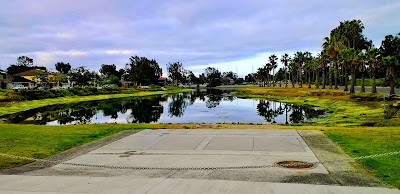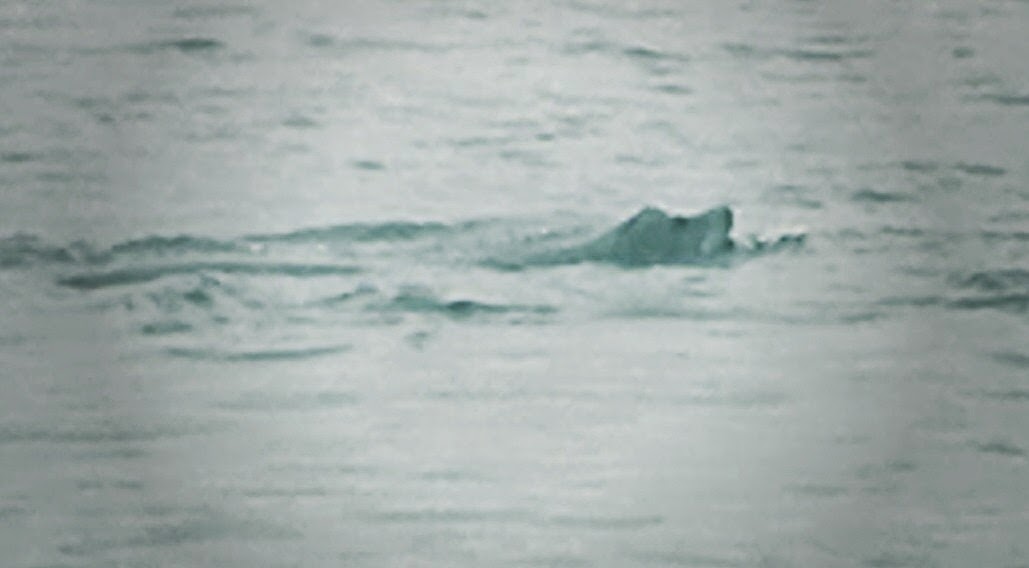Filippo Tommaso Marinetti (1876 - 1944)
Filippo Tommaso Emilio Marinetti (22 December 1876 – 2 December 1944) was an Italian poet and editor, the founder of the Futurist movement. Marinetti and Fascism In early 1918 he founded the Partito Politico Futurista or Futurist Political Party, which only a year later merged with Benito Mussolini 's Fasci Italiani di Combattimento . Marinetti was one of the first affiliates of the Italian Fascist Party . In 1919 he co-wrote with Alceste De Ambris the Fascist Manifesto , the original manifesto of Italian Fascism . [8] He opposed Fascism's later exaltation of existing institutions, terming them "reactionary," and, after walking out of the 1920 Fascist party congress in disgust, withdrew from politics for three years. However, he remained a notable force in developing the party philosophy throughout the regime's existence. For example, at the end of the Congress of Fascist Culture that was held in Bologna on 30 March 1925, Giovanni Gentile addressed S












